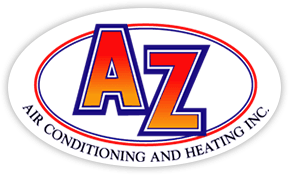Many people only think they need air conditioning repair when their system completely stops working. However, the reality is your air conditioner will often show signs of trouble before a complete breakdown that results in new AC installation. Noticing early problems and calling the experts at AZ Air Conditioning and Heating to handle issues early can save you from the hassle and expense of a full AC system failure. More importantly, it can prevent the uncomfortable feeling of having your AC stop working on a really hot day.
When you call us, our team of highly trained HVAC technicians will diagnose the issue, fix the problem and get your system running again. We have years of experience and provide reliable, cost-effective AC service for area residents.
Why hold off until your cooling system stops working? Skip all that hassle by calling (877) 559-6081 today to schedule AC repair in Sylmar, CA, from AZ Air Conditioning and Heating.
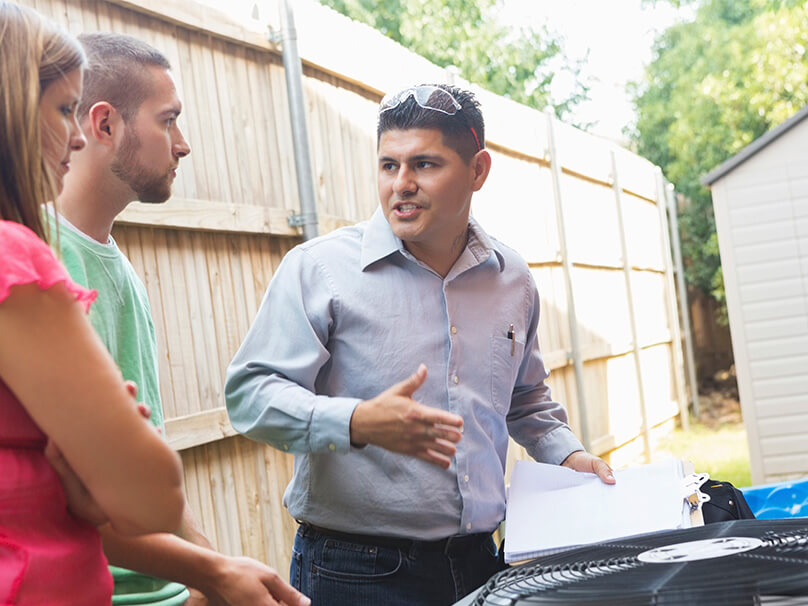
Warnings Signs You Need AC Repair
How can you tell if your air conditioner requires service? From strange odors to warm air coming from the vents, there are many indicators that your cooling system has is malfunctioning and needs evaluation or repair.
Here are some red flags that trouble may be developing and it’s time to call an HVAC technician from AZ Air Conditioning and Heating:
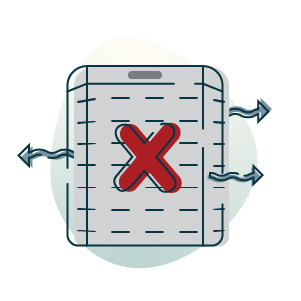
AC won’t blow cold air
If hot air is coming from your AC unit instead of cool air, or if the air isn’t as cold as you’d like, it’s a wise decision to call us for professional cooling service.
Air conditioner keeps turning on and off
If your AC system turns on and off instead of maintaining steady operation, it could be a sign of several problems and should be evaluated by one of our certified HVAC technicians.
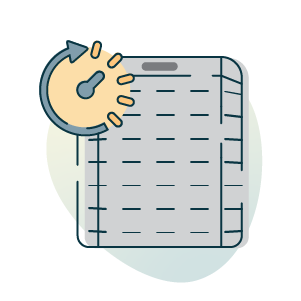
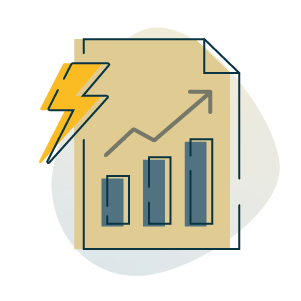
Home energy bills increase for no apparent reason
A sharp increase in your energy usage can be a sign your AC unit is losing efficiency, which means it uses more energy to maintain a comfortable indoor temperature and needs AC maintenance or repair.
Unusual odors are coming from your air conditioner
Air conditioners shouldn’t produce odors. A strange smell coming from your air conditioning system should be checked by an expert, as they can be a sign of problems like mold, mildew or even electrical issues.
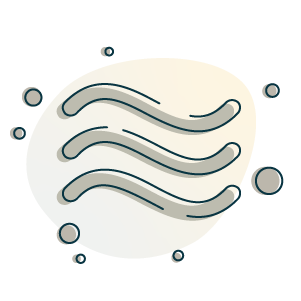
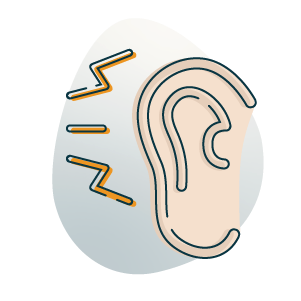
Loud sounds coming from your AC
If you hear strange sounds when your air conditioner is running — thumping, grinding or squealing, to name just a few — it’s important to call for professional HVAC service to evaluate your system.
Request Pro Air Conditioner Repair Now
When you require air conditioning service quickly, contact the HVAC repair experts at AZ Air Conditioning and Heating at (877) 559-6081. We’ll quickly identify the problem when your equipment won’t work or provide enough chilled air.
